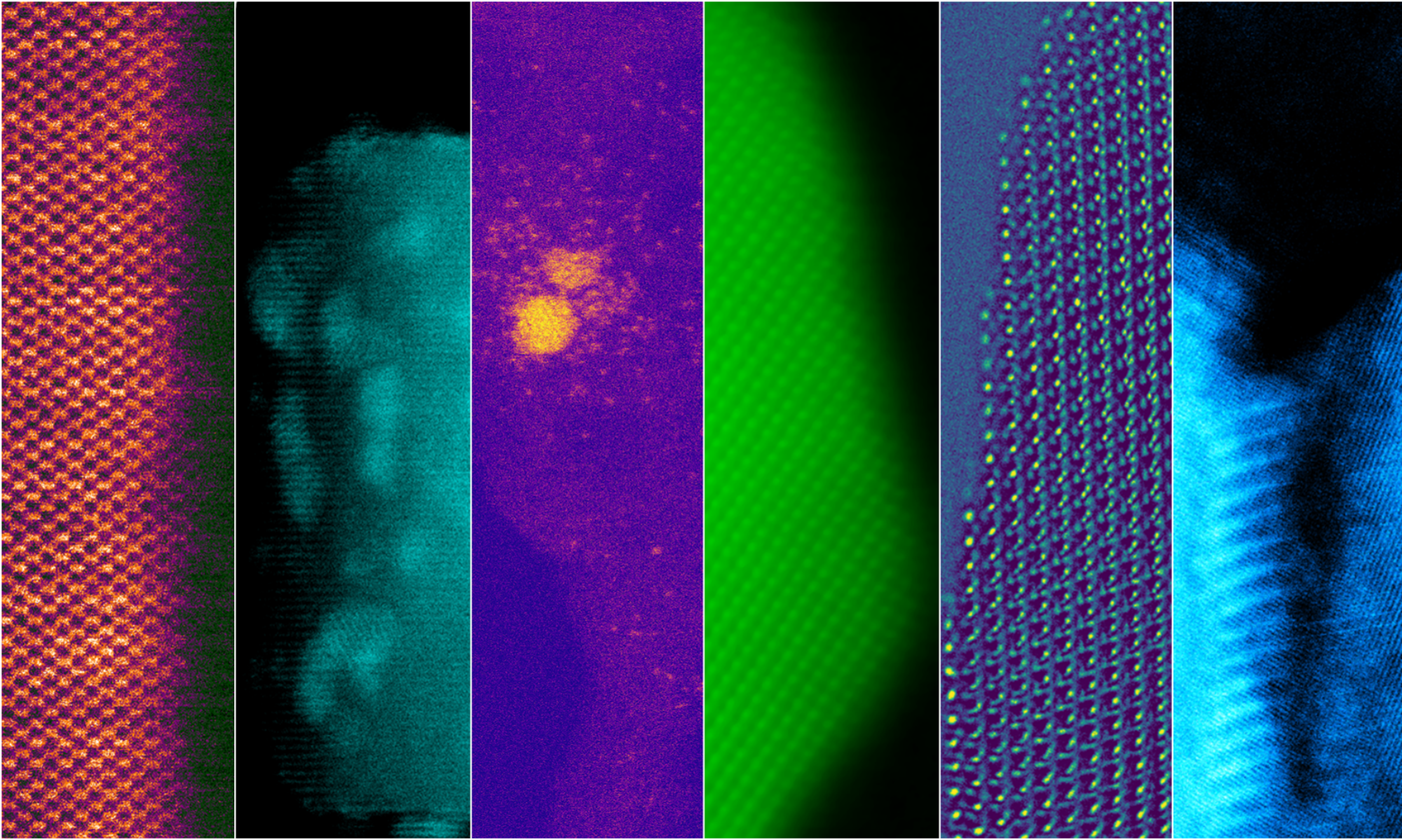Aerosols containing light-absorbing carbon (LAC, inclusive of elemental carbon, black carbon, brown carbon and humic-like substances) from urbanized continental regions have a strong impact on the global climate. Unfortunately, the physical and chemical properties of carbon combustion aerosols in the atmosphere are not well characterized. Global climate models (GCMs) use generalizations of black carbon optical properties that vary from model to model, resulting in large differences in calculated radiative forcing due to black carbon. Only recently has the abundant presence of diverse forms of brown carbon in important regional aerosols been demonstrated and these are not included in GCMs. The diversity in fundamental properties adds to the already significant uncertainty in radiative forcing of the climate due to LAC aerosols. In parallel to these developments is the growing awareness that the magnitude of forcing due to scattering and absorption by LAC aerosols can be on the order of that due to greenhouse gases in highly polluted regions but the vertical distribution of the forcing from LAC is far different than that of the greenhouse gases.
While there have been a number of studies of the bulk optical properties of LAC and a smaller number of studies on individual-particle morphology and chemical composition, our current state of knowledge about black and brown carbon is clearly insufficient. We are developing electron microscopy based techniques to determine the optical properties of carbon aerosols. A principal technique involves the calculation of dielectric function of nanoparticles from the electron energy loss specta (EELS) obtained with a transmission electron microscope (TEM). Electron energy-loss spectroscopy (EELS) is a powerful technique for characterizing the elemental, electronic and optical properties of materials at the nanometer level. It is particularly effective for elements such as carbon because of its high sensitivity for detecting light elements.
It is possible to determine the optical properties (e.g. dielectric function and refractive index) of nanomaterials directly from EELS. The advantage of performing such a measurement is that:
- the optical properties can be correlated with structural features of the particle
- variations in the optical properties of different particles can be directly measured
- the optical properties at all wavelengths can be measured simultaneously for individual particles
This provides the optical response of the material across a wide range of wavelengths. By using an electron microscope equipped with a monochromator we are able to determine optical properties from ultraviolet down into near infrared. The spectral analysis involves a procedure called Kramer-Kronig analysis which is difficult to apply to particle aggregates found in the atmosphere. However, under favorable circumstance, valuable new optical information about atmospheric carbonaceous particles which can be used to improve the accuracy of climate change models.
Current Projects
Morphology and Optical Properties of Carbonaceous Aerosols By EELS
